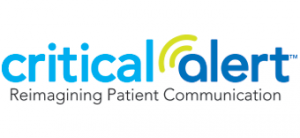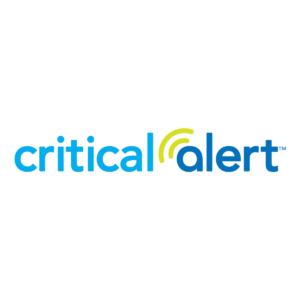Buyer Beware: Read the Label
by CriticalAlert
I have long had empathy for our clinical customers in the healthcare industry who need to make technical purchasing decisions. Manufacturers and resellers of technical products consistently make assertions of superiority vis-à-vis their competitors based on claims of better, faster, or cheaper cost or performance characteristics. This is natural and a time-tested attribute of the product and service sales process. Sadly, the non-technical buyer is at a disadvantage because he or she often does not possess the requisite knowledge to uncloak the snake oil sales (wo)man in their midst.
Fortunately, when evaluating claims made by medical device manufacturers, the clinical buyer can look to the FDA for guidance. All medical devices must be listed with the FDA. Along with those listings, a buyer can inspect the product classification, its assigned codes, and approved indications for use.
Many of the common medical devices and connected software applications are classified as Class II non-exempt. This means that they are subject to Pre-Market Notification via 510(k) submission to the FDA. Companies cannot market a product until FDA clearance is granted for specific indications for use. Doing so is considered “selling off-label”.
A device listing and assigned code alone for related but different uses are not enough. Details matter.
For example, in the medical device alarm management segment, attachments to physiological monitors with arrhythmia detection and infusion pumps (product codes MSX and PHC respectively) require specific 510(k) submissions and approvals to be included in the FDA device listing database for this intended use.
In the past, some companies incorrectly used what was known as a medical device data system (MDDS) classification with code OUG to become listed in the FDA database. The MDDS Class I category is no longer regulated, but the initial ruling when issued by the FDA specifically disclaimed its indications for use when connected to physiological monitors regulated as Class II devices.
At this point, the non-technical buyer may be thinking this is all too much alphabet soup and insider information. Not to worry, companies marketing medical devices must have a letter of substantial equivalence from the FDA authorizing the manufacturer to market the product for its intended use. That letter will clearly identify the Trade/Device Name and Product Codes which tie to specific uses. You should ask for a copy to be included with any product or pricing proposal you are considering.
Make sure that the alarm management application that you are being sold carries product codes MSX “Cardiac monitor (including cardiotachometer and rate alarm)” and PHC “Infusion Safety Management Software”. Otherwise it is being marketed off-label and has not received FDA clearance for the intended purpose for which it is being proposed.
Be safe, always read the label, and stay away from snake oil.
Critical Alert
Critical Alert was formed in 1983 as WESCOM, a nurse call hardware & software solution for acute and long-term care organizations. Throughout the 80’s, 90’s and early 2000’s, WESCOM pioneered software-based nurse call and was the first nurse call company to integrate RTLS staff presence into the clinical workflow.
WESCOM was rebranded in 2007 as Intego Systems, with a honed focus on the acute care sector. In 2012, the company was rebranded as Critical Alert.
Today, Critical Alert has reinvented itself from a pure-play nurse call vendor to a producer of a comprehensive clinical communication platform that converges nurse call, alarm management, medical device integration, and rules-based notification.


